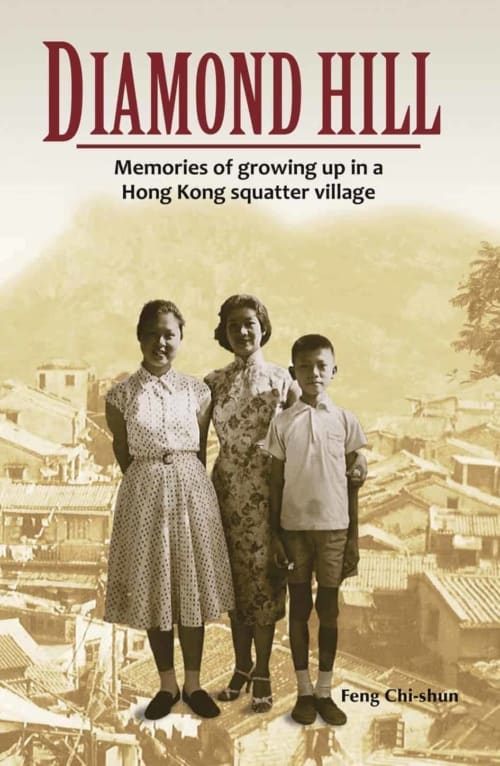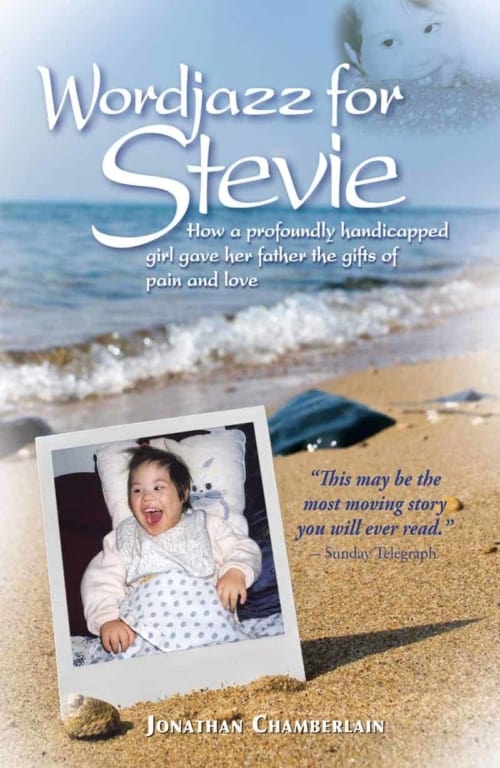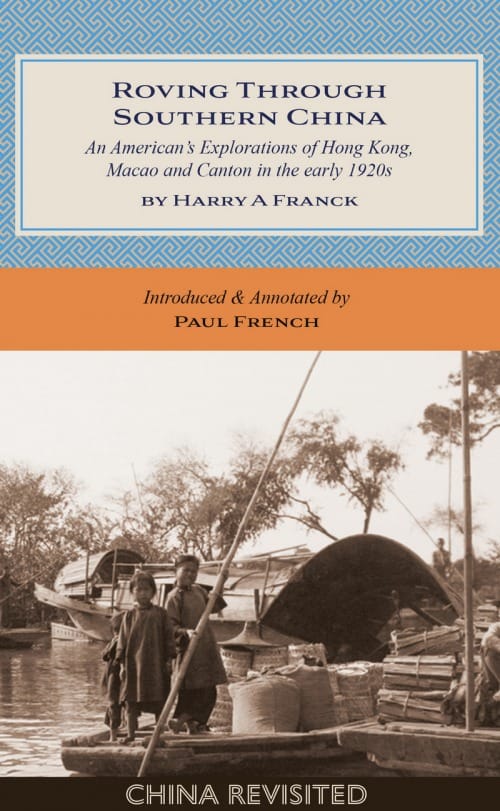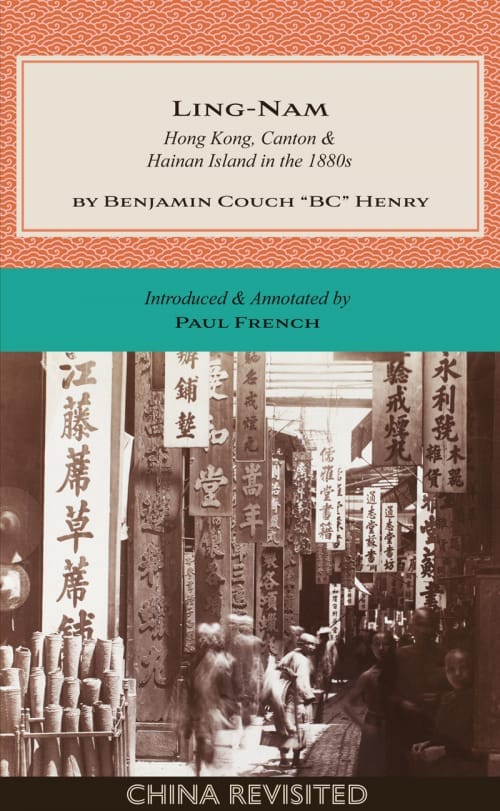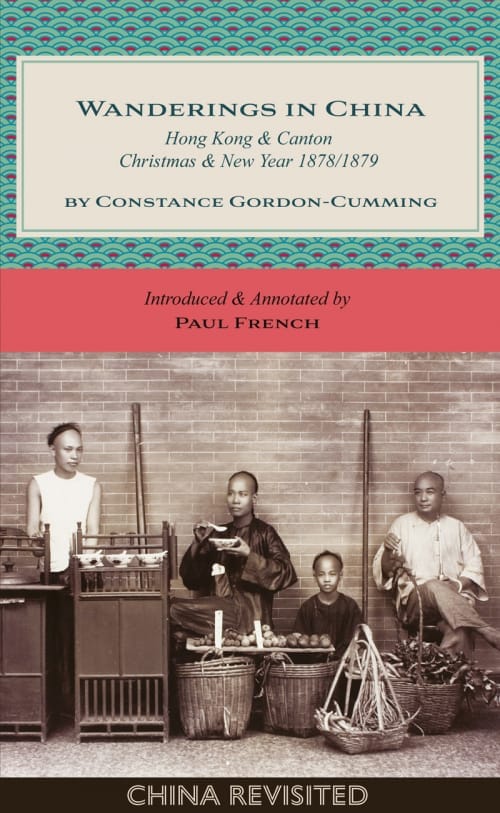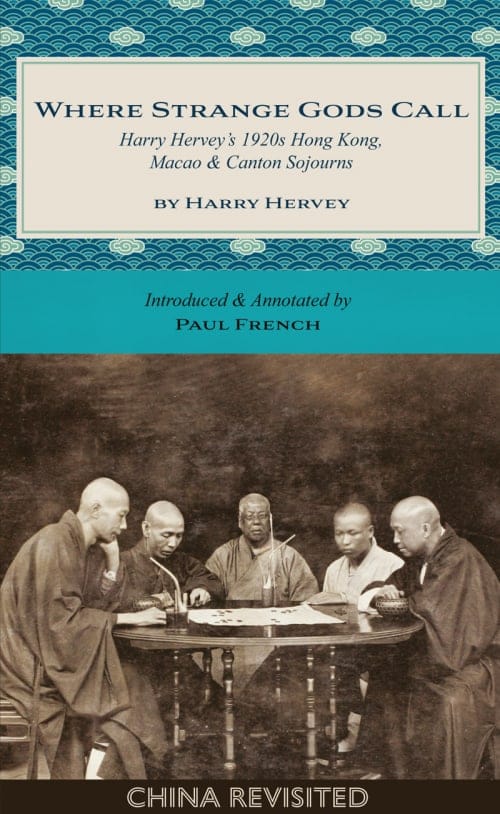"Diamond Hill was one of the poorest and most backward of villages in Hong Kong at a time when Hong Kong itself was poor and backward. We moved there in 1956 when I was almost 10. I left when I was 19. Those were the formative years of my life. It’s a time that I remember well and cherish.”
This memoir of a native son of a Kowloon-side squatter village – the first book ever on Diamond Hill, in either Chinese or English – presents the early days of a life shaped by a now-extinct community. Penned by a high-achieving Hong Kong professional, Feng Chi-shun’s sharp recollections of his humble upbringing contain warmth, humour, and an abundance of insights into a low-income Hong Kong neighbourhood that no longer exists – but remains close to the hearts of many who lived there.
Diamond Hill will invite comparisons with Martin Booth's Gweilo. If you enjoyed the latter, you will likely find the former similarly absorbing, because the young Feng was, for many a “gweilo”, the inaccessible yet intriguing face of an altogether edgier Hong Kong.
Look inside this book
Click on the following link to view sample pages from Diamond Hill. You will need a pdf reader to view this excerpt.
